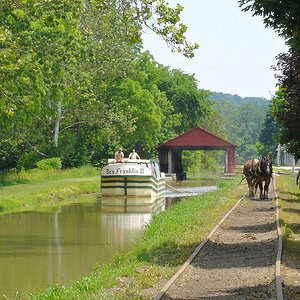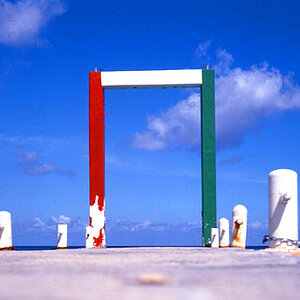jackcollings
TPF Noob!
- Joined
- Aug 19, 2015
- Messages
- 13
- Reaction score
- 0
- Can others edit my Photos
- Photos OK to edit
Hi guys,
I'm hoping you can all help me out with a few questions I have about starting my own darkroom. I've read up on all the basics in regards to chemicals, equipment etc. and just need a few things cleared up.
I've attached a layout I'm thinking will most likely resemble the one I will make and would love some opinions!

The darkroom will be built underneath a house so it will be dark already. I thought the black out curtains on the other side of the door should suffice as it won't ever be in direct sunlight and it will just stop the light under the door.
Everything else is pretty clear but on the dry side I have left the whole bench free. I've left out the enlarger on this as I was unsure of where this best place to be. I was hoping to get some advice on where I should put this
The last question I have is I have read on a few articles that mounting the photo post-development is a common thing. Is this only for display or what is its purpose?
Thank you for taking the time to read this and look forward to your advice!
Jack
I'm hoping you can all help me out with a few questions I have about starting my own darkroom. I've read up on all the basics in regards to chemicals, equipment etc. and just need a few things cleared up.
I've attached a layout I'm thinking will most likely resemble the one I will make and would love some opinions!
The darkroom will be built underneath a house so it will be dark already. I thought the black out curtains on the other side of the door should suffice as it won't ever be in direct sunlight and it will just stop the light under the door.
Everything else is pretty clear but on the dry side I have left the whole bench free. I've left out the enlarger on this as I was unsure of where this best place to be. I was hoping to get some advice on where I should put this
The last question I have is I have read on a few articles that mounting the photo post-development is a common thing. Is this only for display or what is its purpose?
Thank you for taking the time to read this and look forward to your advice!
Jack


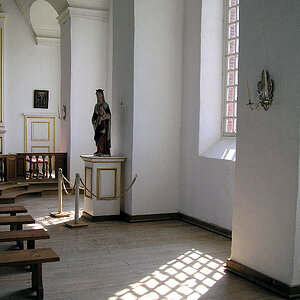
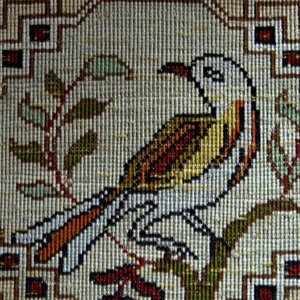
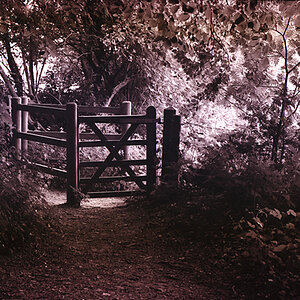
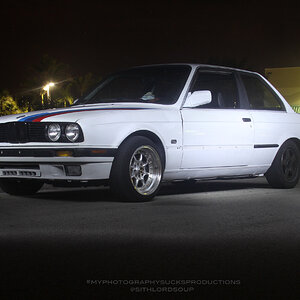
![[No title]](/data/xfmg/thumbnail/34/34343-b06994e286a2089b404358d95c37eaf0.jpg?1619736378)
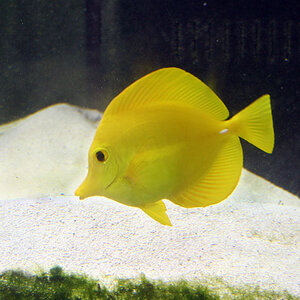

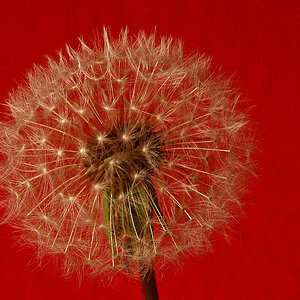
![[No title]](/data/xfmg/thumbnail/36/36601-26ec0a53712c5470af53be9652811a6e.jpg?1619737641)
